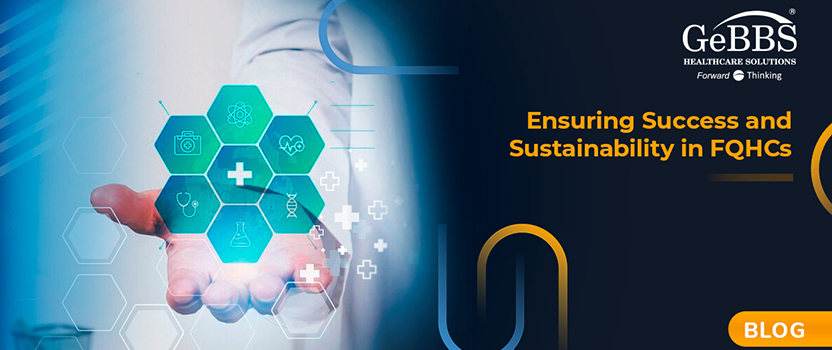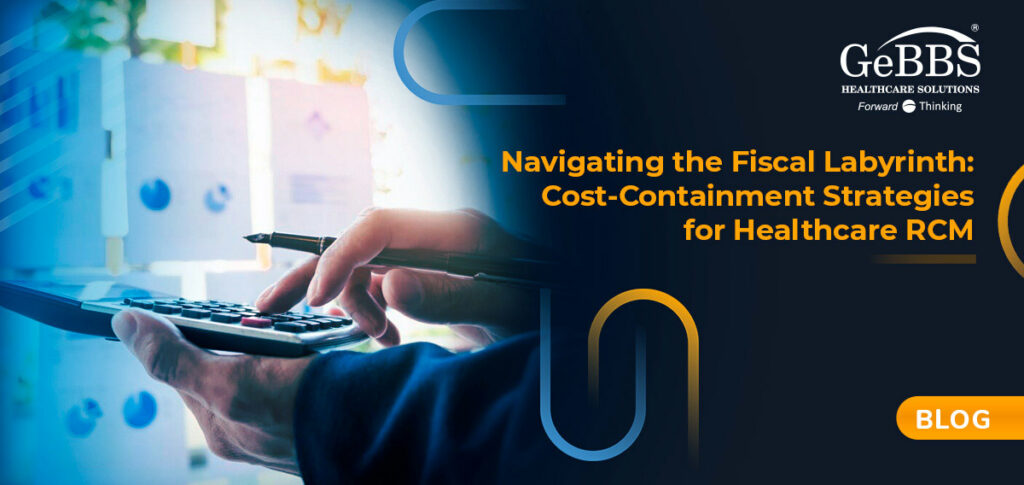When reflecting on revenue cycle management optimization across health systems, much of the conversation revolves around internal processes and staff. Often overlooked is the critical role that patients play in revenue generation and claims processing. The path to successful claims management starts with the information collected during patient intake. If that data is inaccurate or untimely, providers are immediately at a disadvantage, facing a long process of denials, follow ups, data re-entry, and patient billing.
One of the countless challenges brought on by COVID-19 was seen in healthcare system operations and billing. According to the Change Healthcare 2020 Revenue Cycle Denials Index, claim denials rose 11% since the pandemic began, and one in four of these denials resulted from errors in the patient registration process. What’s more, nearly half of all denials resulted from mistakes made at the front end, or patient intake portion, of the revenue cycle.
Additionally, when there are breakdowns in the RCM process, the patient experience suffers. Misinformation can lead to cancellations, incorrect billing, and stressful experiences. With more options than ever before, patients may choose to take their business elsewhere in the long term. At a practice level, 43% of Millennials anticipate switching providers in the near future, and more than 60% of patients do their research before choosing or changing providers.
As with many operational challenges, technology can be part of the solution when deployed with clear planning and intent. Laggard in rollout before the pandemic, 75% of health systems found themselves scrambling to deploy an RCM solution during the crisis. While precipitated by remote work and telehealth requirements, the benefits of RCM with regard to patient experience and contact can be long-lasting if evaluated in long-term light.
RCM-Driven Engagement Supports Patients and Bottom Lines
At its core, RCM is a finance operation designed to account for and collect the maximum earnings from patient visits, procedures, and claims. But this cycle starts before a patient even sets foot in an office (or virtual telehealth conference).
For too long, patients arrived at an appointment, prepared with the correct ID cards and information to fill out a stack of paper forms. These hard copies still circulate in some offices and clinics even today. This data was then scanned, deciphered, and entered into disparate systems or folders depending on the recipient. Insurance and payment details were passed along to billing and claims, likely already containing errors and incomplete information.
One byproduct of the recent pandemic was the suddenly increased rate of technology adoption and usage by both patients and providers. In one recent example, adding RCM to the intake process in a single health system showed completion rates over 60%. More acclimated to providing information in online forms or taking pictures of ID cards to send over the internet, the time is right to solidify the use of pre-registration as part of an RCM strategy.
With automated reminders, standardized fields, and interactive portals, patients can engage with their healthcare provider well before an appointment. Staff can take a more hands-off approach to registration and focus on more complex patient requests. Automated systems can flag inadvertent errors well in advance of a patient visit, giving teams the time to sort out issues before claims are incorrectly submitted. Processes can also be adapted to provide services that require a human touch where workflows and triggers are not adequate.
RCM patient engagement plans can include any number of touchpoints. These can then map from the patient back to internal systems for marketing, customer care, and billing. Some of the most impactful areas include:
- Digital document capture: ID cards, HIPAA consent, insurance coverage
- Mobile access and support: Text reminders, portal links, digital signature
- Intake form completion: PII, contact details, chief complaints
All of this can optimize the later processes of billing and submitting claims, which means more accurate cashflow and profit projections and more recovered income from claims that would have otherwise been denied. Another benefit is the more accurate and current demographic data points collected through these methods. Patients are able to input information that can be used to analyze the broader patient population and tailor services and messaging to resonate more deeply.
Patient Retention and Revenue Generation Go Hand in Hand
While patients are individuals in need of proper, compassionate care first and foremost, they are still customers. Eliminating barriers to care can start with front-end RCM and allow the cycle to repeat itself through repeat business. Customer experience plays a large role in this, and patient demand for interactive, personalized, and real-time interaction is growing.
The good news here is that underscoring the patient experience also benefits the bottom line for health systems. Satisfied patients are more likely to remain loyal to a health system or provider, which can account for retention revenue that saves on outbound marketing initiatives. Consider the following scenarios.
- Appointment Reminders: Patients are more likely to attend care visits to help improve their health outcomes. Providers will see a reduction in no-shows and an uptick in billable activities.
- Personalized Access: Patients can submit personal and billing details and review test results in a single location. Providers can confirm patient information that benefits their revenue stream while offering a streamlined approach.
- Wait Times: Patients can see their provider closer to their appointment time, reducing frustration and schedule conflicts. Providers can more accurately book visits based on time of care rather than extended processing.
- Patient Education: Patients receive automated pre- and post-appointment materials with diagnosis or treatment plan details. Providers reduce inbound calls with questions (saving staff time), while increasing care plan adoption.
- Marketing Opportunities: Patients learn about complementary care services that can add value to their daily lives. Providers can track trends, monitor engagement, and tailor messaging where it is most impactful.
Patient engagement might not be top of mind when considering RCM operations, but streamlined patient contact and data collection methods are the starting point for optimized billing. RCM solutions offer convenient, automated ways to encourage more accurate patient data input during the pre-registration or intake process. Furthermore, providers can spot errors in advance and proactively work with patients to resolve them well ahead of an appointment or procedure.
As a national provider of revenue cycle management solutions for healthcare systems, GeBBS evaluates and implements services based on the big picture. End-to-end solutions take patient interaction into account as a critical factor for timely, accurate medical billing and claims reimbursement. Request a consultation to learn how you can partner with GeBBS to optimize your patient experience and access processes via RCM.






